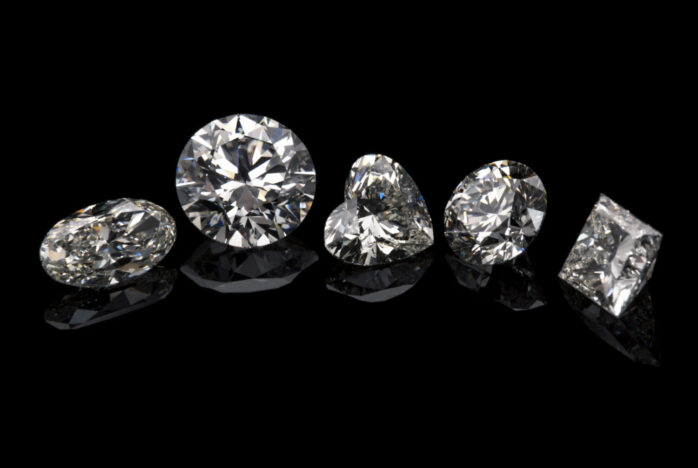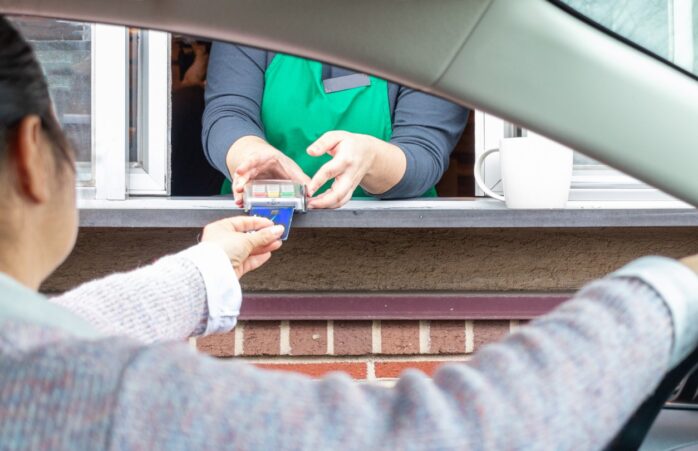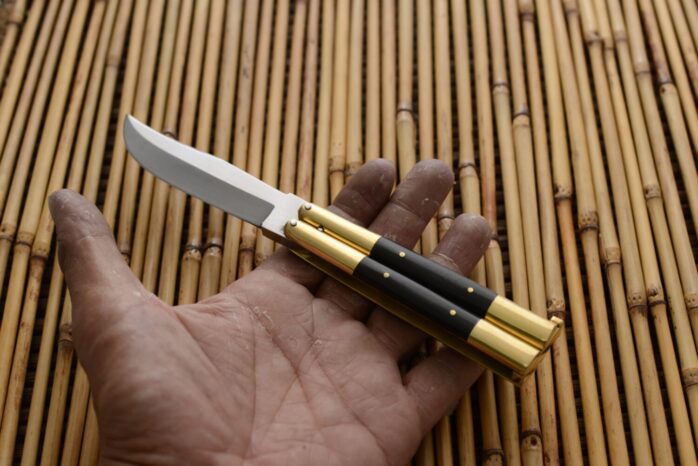Diamonds are available in a wide variety of shapes. Cushion-cut, Heart-cut, and Marquise-cut are among the most popular diamond shapes in 2023. Rare Carat is a great place to start for those looking to purchase competitively priced high-quality diamonds in these shapes.
Rare Carat is an industry-leading and trusted diamond marketplace with an impressive online inventory of certified natural and lab-grown diamonds.
Below is a buying guide for cushion diamond cut, a buying guide for heart diamond cut, and a guide for marquise diamond cutto help buyers make the right purchase.
1. Buying Guide for Cushion Diamond Cut
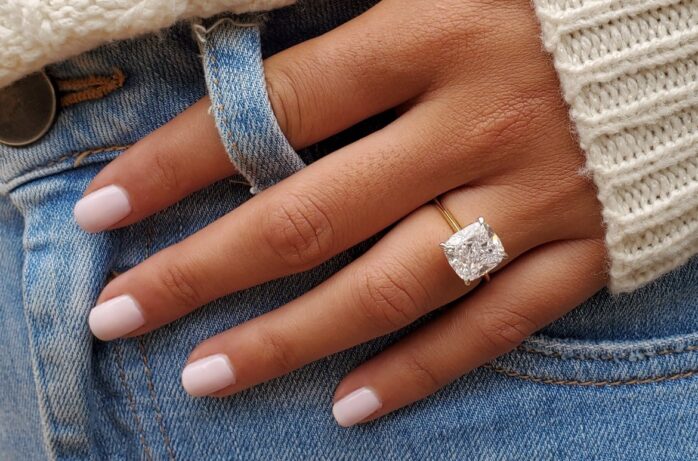
The cushion diamond cut is a brilliant classic that never goes out of style and is as popular as ever this year. It features a rectangular or square shape with soft rounded edges. This diamond shape has a great amount of dispersion or fire. It’s ideal for vintage settings and soft halos.
Note that the cushion cut is a deeper cut. As such, the face-up size may appear smaller compared to the heart and marquise cuts. Going for a stone with a larger carat weight is preferable.
The cushion diamond cut’s unique shape can make it complicated for first-time buyers to judge cut quality. The most important aspects to consider are the stone’s look and its performance. Rare Carat’s large inventory includes different types of cushion diamond cuts, such as:
- Standard and Modified Brilliant Cuts – the standard or antique cut is common in old stones. However, it’s still used today for retro settings. Modified brilliant cuts are modern cuts with an extra row of facets beneath the girdle. Having a standard or modified brilliant cut doesn’t directly influence the performance or beauty of the diamond.
- Chunky and Crushed Ice – these are the two different “looks” of a cushion cut diamond. With chunky cushions, the back facets are visible with light reflections in broad flashes. Crushed ice cushions have the appearance of crushed ice or broken glass. The back facets aren’t distinct, offering a glittering effect from the numerous small reflections.
- Square and Rectangular cuts – length-to-width ratio is an important aesthetic concern regarding cushion cut diamonds. Square cuts have an L/W ratio between 1.00 and 1.05. Rectangular cuts are elongated with L/W ratios between 1.15 and 1.20. While square cuts offer more symmetry, rectangular cuts appear larger for their carat weight.
2. Buying Guide for Heart Diamond Cut
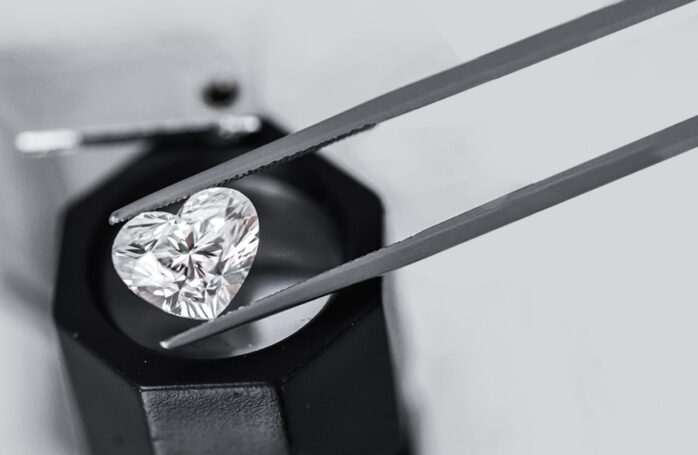
Heart-shaped diamonds are highly popular today as engagement ring stones. The unique and fancy cut makes for beautiful jewelry pieces. The heart diamond cut features several parts, including the cleft, lobes, belly, wings, and points.
The process for evaluating heart diamond cuts is largely subjective. It mainly comes down to the overall appeal of the gem to the buyer. However, there are some important considerations.
Various factors contribute to the overall appeal of the heart cut, the most important being symmetry. A buyer can gauge symmetry by drawing a straight imaginary line from the point of the heart shape to the cleft. Either side of this line (lobes and wings) should be mirroring images.
The point and cleft should also be well-defined. The point should be well-pronounced, and the cleft should be sufficiently deep. A good heart diamond cut also features even lobes and wings.
Regarding carat weight, the ideal lower limit for heart-shaped diamonds is one carat. With anything smaller, it becomes difficult to distinguish the cleft. Heart cuts tend to appear less defined for smaller weights.
With heart diamond cuts, compromising on carat and cut quality is not advisable. Buyers on a budget can compromise on color and clarity instead. Heart cuts don’t feature much color variance compared to other shapes.
3. Buying Guide for Marquise Diamond Cut
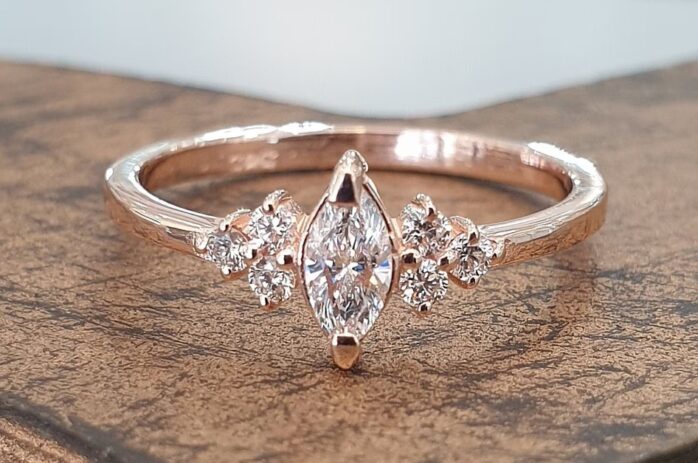
The marquise diamond cut is a unique and versatile shape well suited for intricate non-traditional settings.
This cut features an unusually elongated ellipse with soft tapering ends. Marquise-cut diamonds have grown in popularity as fancy engagement rings in vintage, halo, double band, East-West, and solitaire styles.
As with the heart cut, judging the cut quality of a marquise-cut diamond is largely subjective. Shape appeal and symmetry are important. The asymmetry of this elongated diamond shape stands out.
The diamond should be symmetrical from along the tips and across the center of the belly (the middle section). The wings on either side of the tips shouldn’t be bulging or too flat. A well-shaped marquise-cut diamond will also have a gently curving belly (middle area).
Marquise-cut diamonds have a dark band running across the center, referred to as a bowtie. Some bowties are more prominent than others. Large bowties can affect the diamond’s appeal significantly.
The length-to-width ratio of a marquise-cut diamond is up to preference. Lower L/W ratios result in shorter stones, which may appear bulky if too short. Conversely, very long marquise diamond cuts often perform poorly. The ideal L/W ratios range between 1.7 and 2.2.
Marquise-cut diamonds are brilliant and hide inclusions even at low clarity grades. For this diamond cut, an eye-clean SI1 stone offers the best value for money. Nonetheless, inclusions at the sides are preferable to inclusions close to the center.
The diamond shapes detailed herein have been the go-to shapes for buyers this year. There are other notable considerations when evaluating these popular diamond shapes. They include depth and table percentages, color grade, and eye-visible clarity.
Conclusion
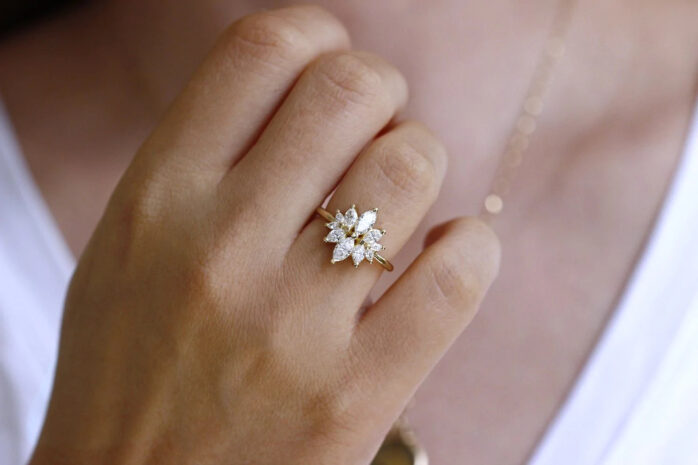
Overall, Rare Carat is one of the best online platforms to purchase a high-quality diamond within any budget.
The website is user-friendly, with a step-by-step navigation model and filter options that allow visitors to easily find the diamond they want in their extensive diamond database.
Rare Carat enables buyers to view high-quality pictures and videos of the diamonds in 360 degrees. Visitors can also see the stones that other customers have purchased. As such, buyers have a well-informed idea of a diamond’s performance and appearance.
Topping it all off is excellent customer service that covers payment processing, logistics, shipping, and after-sale services.

